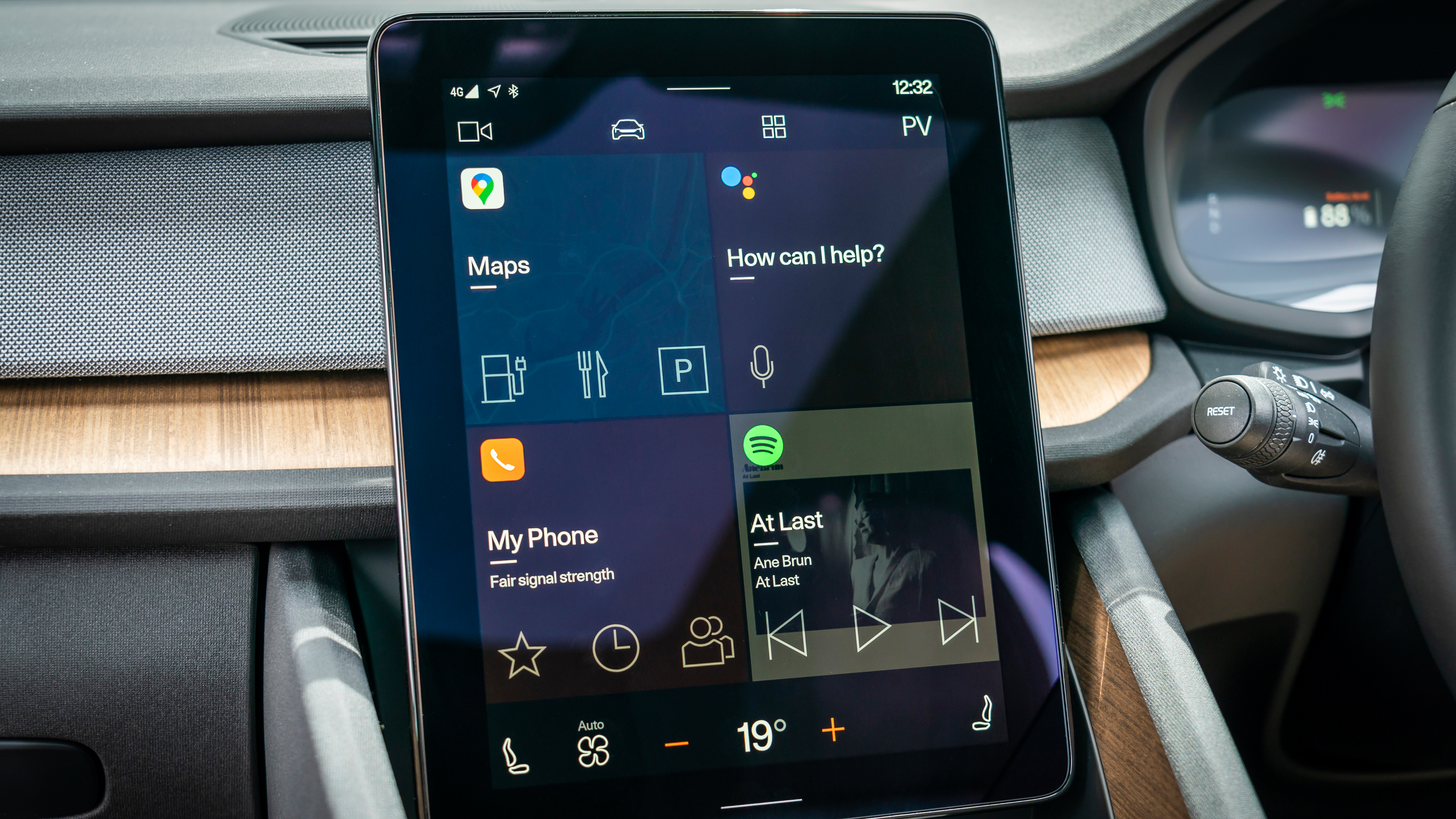

What do the Bugatti Chiron and Volkswagen Up have in common? One is a £3m hypercar, the other a £14,000 city car with one-twentieth the power. The answer is, that neither of them has a touchscreen, or indeed any display at all on the centre console.
The Bugatti has three rotary dials with small integrated displays for air conditioning and performance information, along with a pair of displays on either side of the massive speedometer. The Volkswagen has a simple display for controlling the radio, above which sits a cradle to hold your smartphone and present your entertainment and navigation apps of choice.
Despite their enormous differences, both the Up and the Chiron are taking the right approach when it comes to car infotainment.
Last year, BMW celebrated 20 years of its iDrive infotainment system. And while this undoubtedly represented cutting-edge technology for the first decade or so of its life, turning cars into computers and bringing satellite navigation to every driver, car technology has failed to keep pace with the phones in our pockets. Today’s iDrive is one of the better systems, in my opinion, but even here I prefer to connect my iPhone, boot up CarPlay and be done with it.
It isn’t just BMW, of course. Today, it’s hard to think of any manufacturer-designed infotainment system that offers a better user experience than what’s possible with Apple CarPlay or Android Auto. Many have suffered from feature creep, adding far more functions and options than the average driver could ever want, while implementing gesture controls that rarely work and touch-sensitive buttons that rob too much of the driver’s attention.
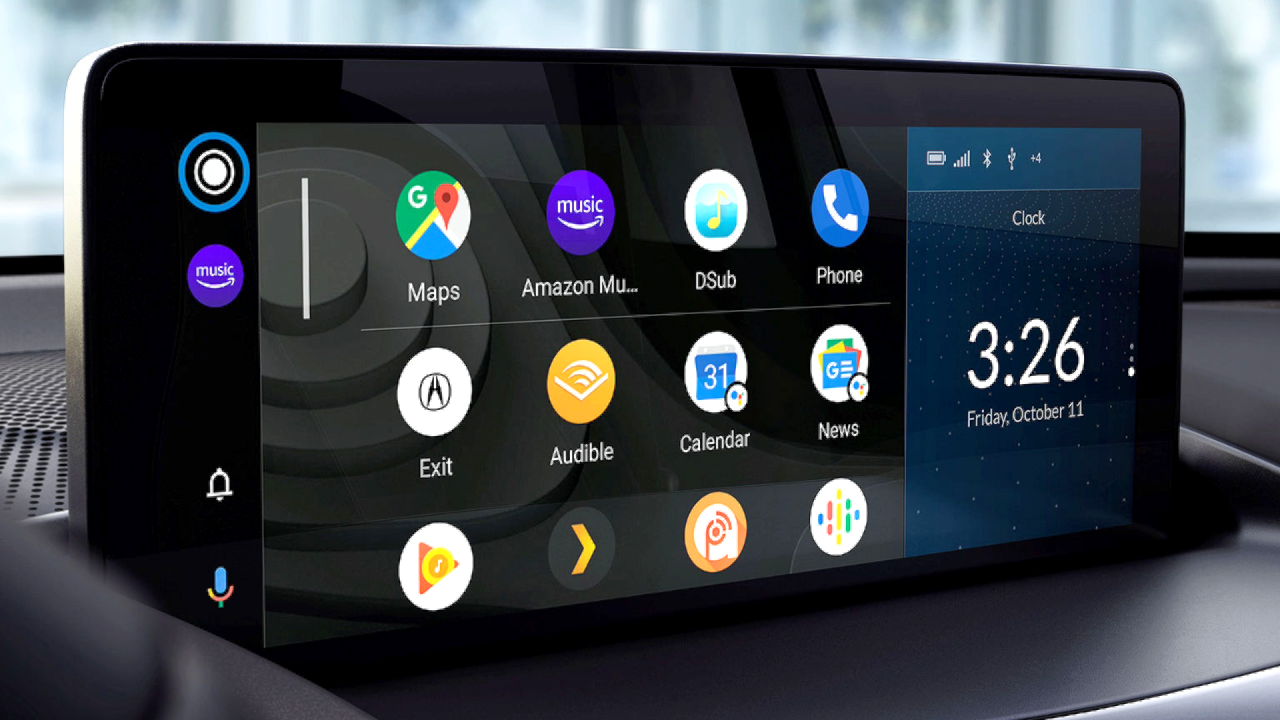
While the Up’s smartphone-centric simplicity is to be admired, Volkswagen’s current-generation Golf and electric ID.3 have infotainment systems with unattractive interfaces, touch-sensitive buttons that don’t illuminate so are invisible at night, and haptic buttons on the steering wheel that are too easy to press by mistake. Don’t get me started on how the windscreen wiper controls are buried within a touchscreen menu of the Tesla Model 3.
Fellow car reviewers agree, preferring to connect their smartphone and use Waze or Google Maps than suffer through the car manufacturer’s own system. This is somewhat awkward on car launches, where the drive route is usually programmed into the car’s own navigation, leaving no option for connecting one’s own phone, which is relegated to the door bin or wireless charger.
Sign up to the T3 newsletter for smarter living straight to your inbox
Get all the latest news, reviews, deals and buying guides on gorgeous tech, home and active products from the T3 experts
Where car manufacturers sit on this is tricky to determine. Some include CarPlay and Android Auto as standard on most of their vehicles, others charge a small (or, sometimes significant) fee to add them in, and a handful still soldier on without. Chief among these is Tesla, which is no stranger to forging its own path and shows no sign of offering a smartphone-driven substitute for its own system.
Manufacturers may argue that their systems are more intuitive and, therefore, safer to use, being fully integrated with all of the vehicle’s systems, from the music and navigation, to the air conditioning and driver assistance. But familiarity plays a key role here. I believe a driver in an unfamiliar car – an airport rental, for example – would be far safer interacting with the CarPlay or Android Auto apps they are familiar with, instead of being intimidated by an unknown system.
So too when it comes to navigation, where your mapping app of choice is surely going to be easier to follow than the car’s own. Music too, where faced with the option of Bluetooth-streaming from a phone to the car, or tapping at the touchscreen to navigate one’s own Spotify or Apple Music playlists, the answer for most drivers will be obvious.
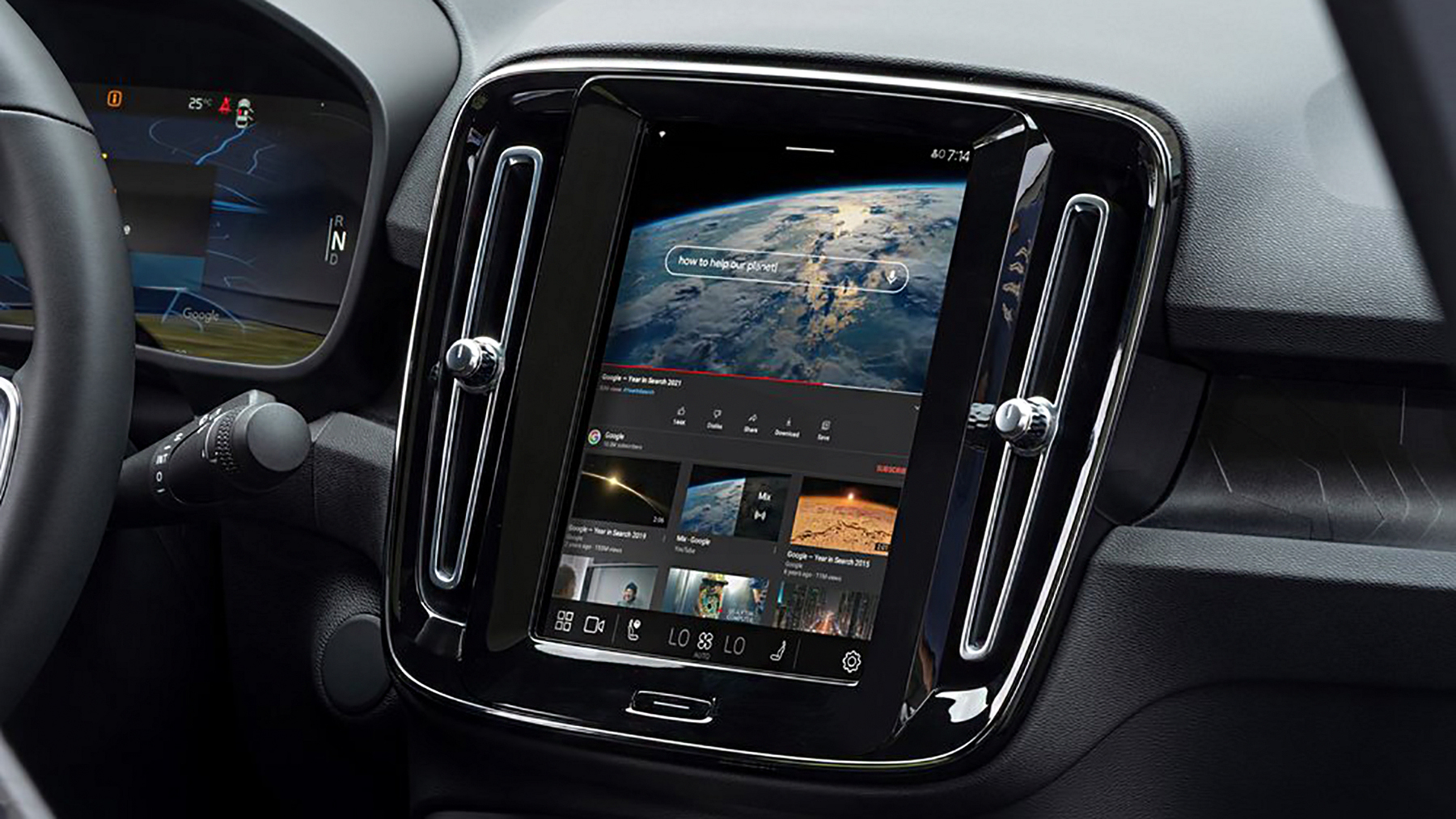
Thankfully, a solution is slowly arriving. Google’s Android Automotive (not to be confused with the aforementioned Android Auto) is an infotainment system available in the Polestar 2, Volvo XC40 recharge and a handful of other cars. Here, the car essentially runs a custom Android operating system, complete with Google Maps, Spotify, voice control via the Google Assistant, and the Play store for downloading more apps. It is even possible to connect an iPhone and use CarPlay, which operates within Android Automotive itself.
The Google Assistant has gained some new car-based commands, so you can ask it to adjust the cabin temperature for example. For Google service users it is a far more cohesive experience than anything made by vehicle manufacturers themselves.
Before Google and Apple got involved, car technology felt stuck in the same place mobile phones were prior to the arrival of the iPhone in 2007. Where once buying a new phone meant learning a new operating system, entering contact numbers all over again, and likely throwing the old phone’s charger in the bin, today a new phone is simply logged into. With Android Automotive, this approach is finally coming to the car market too, and long may it continue.
Alistair is a freelance automotive and technology journalist. He has bylines on esteemed sites such as the BBC, Forbes, TechRadar, and of best of all, T3, where he covers topics ranging from classic cars and men's lifestyle, to smart home technology, phones, electric cars, autonomy, Swiss watches, and much more besides. He is an experienced journalist, writing news, features, interviews and product reviews. If that didn't make him busy enough, he is also the co-host of the AutoChat podcast.
-
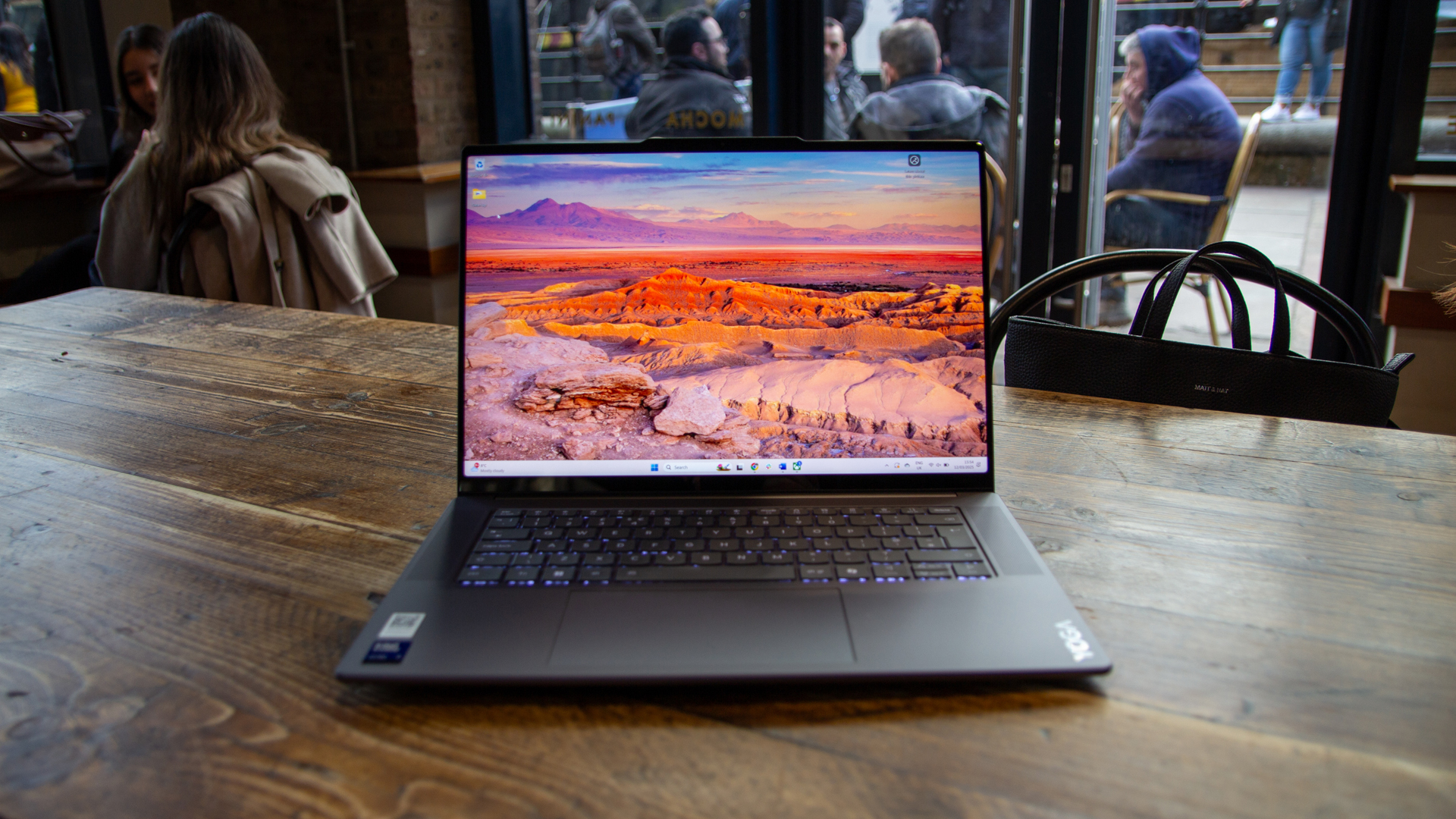 I tested Lenovo's Yoga Slim 7 for weeks – here's why it's a great all-round laptop
I tested Lenovo's Yoga Slim 7 for weeks – here's why it's a great all-round laptopLenovo's Yoga Slim 7 is a mid-range performer with plenty of appeal
By Chris Hall Published
-
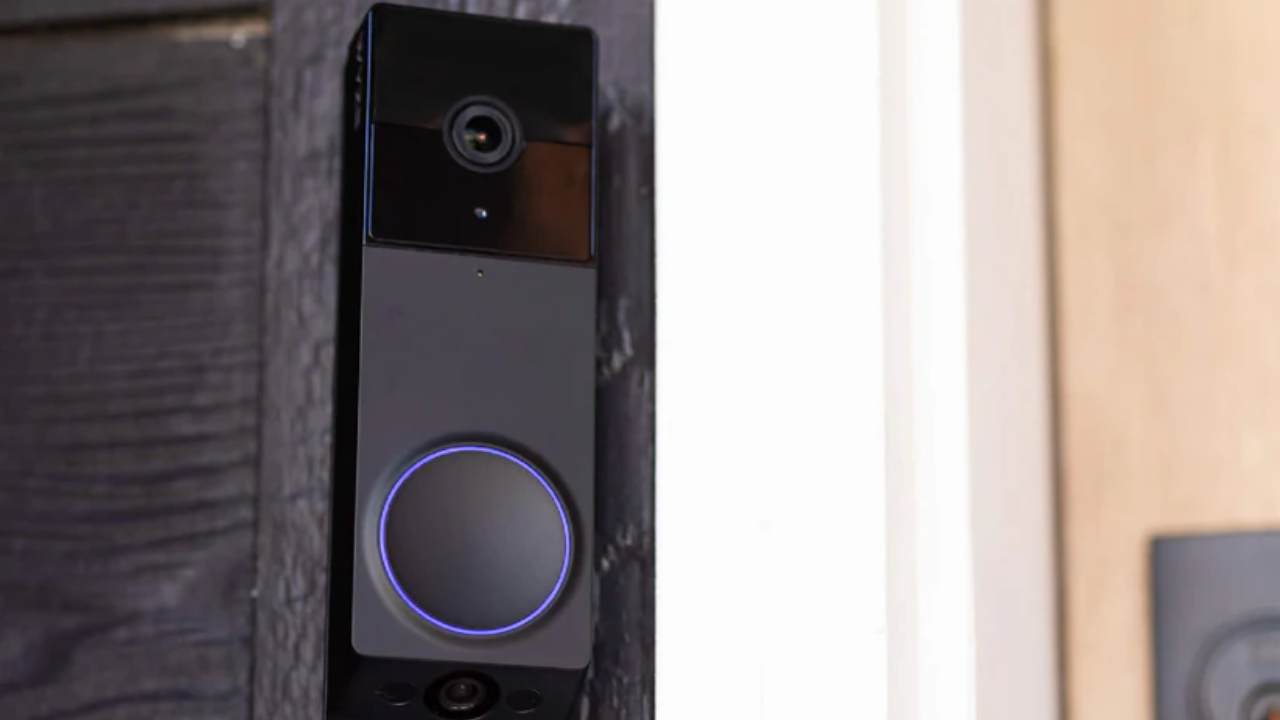 Watch out Ring – this Wyze video doorbell has two cameras for double the views
Watch out Ring – this Wyze video doorbell has two cameras for double the viewsWyze’s Duo Cam Doorbell has dual views and a seriously affordable price tag
By Bethan Girdler-Maslen Published
